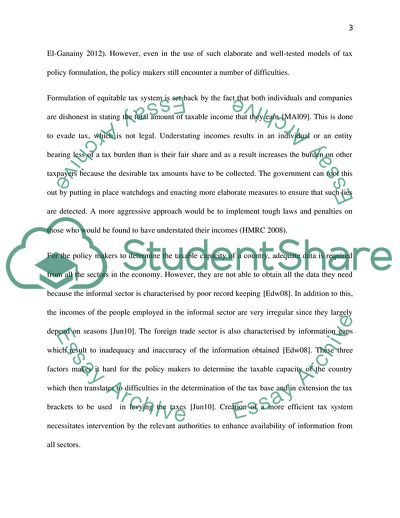Cite this document
(Public Finance Essay Example | Topics and Well Written Essays - 1500 words, n.d.)
Public Finance Essay Example | Topics and Well Written Essays - 1500 words. https://studentshare.org/finance-accounting/1847458-public-finance
Public Finance Essay Example | Topics and Well Written Essays - 1500 words. https://studentshare.org/finance-accounting/1847458-public-finance
(Public Finance Essay Example | Topics and Well Written Essays - 1500 Words)
Public Finance Essay Example | Topics and Well Written Essays - 1500 Words. https://studentshare.org/finance-accounting/1847458-public-finance.
Public Finance Essay Example | Topics and Well Written Essays - 1500 Words. https://studentshare.org/finance-accounting/1847458-public-finance.
“Public Finance Essay Example | Topics and Well Written Essays - 1500 Words”. https://studentshare.org/finance-accounting/1847458-public-finance.


